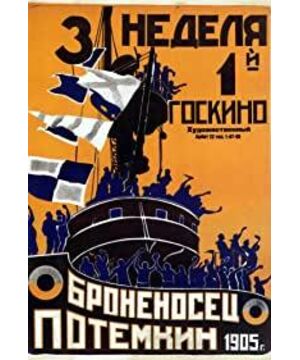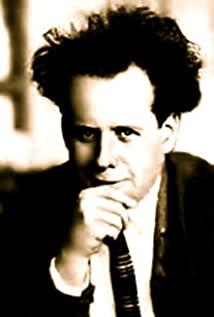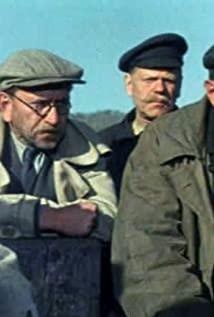①
Louis Althusser believed that the most distinctive feature of the state apparatus was its "violence", the army, the police, the courts, the prisons, and so on. However, no matter how powerful and violent a state apparatus is, it cannot ensure effective and stable governance. A regime must build an "ideological state apparatus" while building a state apparatus. In other words, if there is no penetration of an "ideological state apparatus" With bonding, it is impossible for any regime to build a truly powerful state machine.
The most distinctive feature of the ideological state machine is its "non-violence". Although under the support of the ruler, the ideological state machine persuades the ruled to accept their own status and destiny. The process itself is often silent.
Therefore, the operation of the ideological state apparatus is usually required to be kept in a concealed state. On the one hand, it must be concealed to the point that it “doesn’t need to be explained,” and on the other hand, it must be so simple and easy to understand that it is “self-evident.” Once it exposes itself, it often fails immediately, becoming a kind of preaching and perceived brainwashing that everyone hates, and ultimately must have the opposite effect.
But sometimes it is also required to be upright, just like the oath and roar before the war, it must be direct to the heart, and it must be very provocative, such as "Battleship Potemkin".
②
In 1925, Eisenstein was instructed by the Soviet government to shoot this film as a tribute to the 20th anniversary of the Soviet Revolution. This is an uncompromising theme film. As a manifestation of the will of an ideological state apparatus, it not only never concealed itself, but even took the initiative to speak up. This kind of "preaching" containing self-confidence and enthusiasm has also become a deafening call. "Battleship Potemkin" also Therefore, it has enjoyed honor and fear all over the world for a long time - its copyright was sold almost all over the world at that time, but almost every distribution area required the film to be re-edited. It has experienced a long-term ban in the United Kingdom, France and the United States. Even the longest-banned film in British history was so terrifying that the Soviet Union itself had to ban it under Stalin.
Wakurinchuk, the instigator of the riot, shouted, "Brothers! Who are you shooting at?"
When the news of the uprising reached the shore, the people of Odessa, fed up with the tsar's rule, spontaneously sent food to the warships, and thousands of sails raced on the sea.
Then there is the "Odessa Stairs". These five words are to movie fans what Jade Dragon Snow Mountain is to travelers, and the holy city of Mecca to pilgrims. If you haven't "visited" the Odessa steps, how can you be a true movie fan?
③
As a representative of the Soviet montage school, Eisenstein was genius and stubborn. Compared with Pudovkin's pursuit of smoothness, he almost paranoidly pursued the creation of "conflict effects". His shots were not harmonious and self-consistent. He is clearly influenced by Hegel's syllogism dialectics, from the overall structure of the work to the subtle lens combinations, all embodying the "thesis, antithesis, Combining themes" carefully designed.
This meticulous design is also reflected in the deliberate avoidance of characterization. The rebel sailors, the people, and the Tsarist Russian army are all presented in group portraits. They are abstracted revolutionaries, intellectuals, mothers, and reactionaries, so there is no need for a name or a surname. , so it must be black and white, Potemkin hopes that all audiences will be immediately mobilized to join the revolution, naturally avoiding any character arcs or human complexities that may cause confusion.
No wonder American film critic Pauline Kael, while raving about "Battleship Potemkin," sharply defined it as "a highly technical but oversimplified cartoon."
④
An introduction to film art appreciation will tell you that film history is a technology history, an art history, a business history, and a social history. The richness of its appreciation perspectives provides us with different entry points, while Once cinema is placed in the context of social history, we are bound to find the intervention of the ideological state apparatus in the microscope of ideological criticism. And we must rationally realize that before the eradication of classes and the eradication of the state, before human beings as a "subject" get rid of Althusser's theoretical framework and become a truly free existence without social attributes, we will never be able to reject this idea. kind of intervention.
However, we don't need to be preconceived and regard all ideological state machines as monstrous beasts. Imagine how the people of the Soviet Union a hundred years ago would be full of blood and fighting spirit when they watched "Battleship Potemkin". Hollywood produces a large number of movies every year. These movies, which can be "American themes" to a lesser degree or greater, inspire the American people, and some even sell well overseas, attracting talents from all over the world through the temptation of the "American Dream".
With a sharp blade in his body, he may be murderous, and he can defend his home and country. I hope that the dragon slaughtering boy has not grown ugly scales and claws.
20181010
View more about Battleship Potemkin reviews










